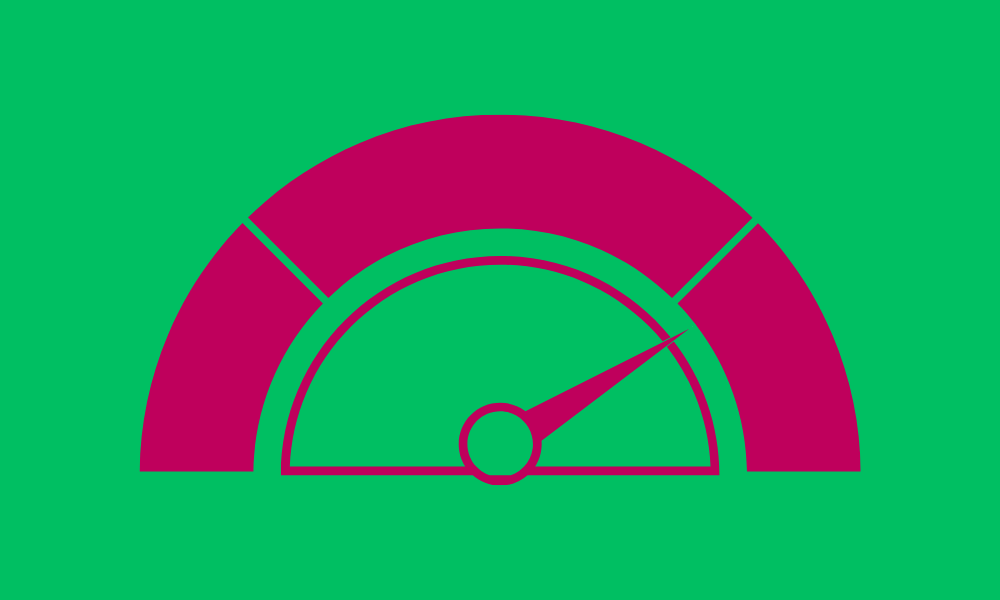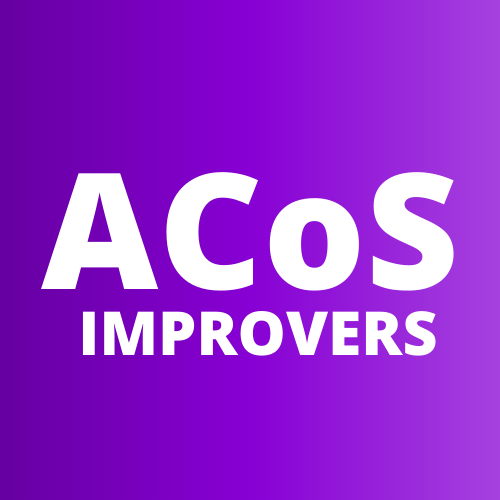How to use TACOS effectively in online marketplaces

TACOS helps you to understand whether the impact of your ad activity is positive or negative
Advertising is a critical success factor for businesses operating in online retail marketplaces. While many businesses run ads with the primary aim of driving incremental sales of their products, there is often an expectation that a boost in sales will lead to a longer-term improvement in organic rank, reducing the amount of ad investment needed to sustain sales and visibility in future. One of the indicators that businesses use to track the impact that ads have on organic ranking is Total Advertising Cost of Sales - TACOS.
Key Takeaways
- Identify new opportunities by looking at TACOS data over time
- Compare TACOS trends to ACOS trends to generate richer insight
- Use TACOS to track the impact of advertising on organic ranking
TACOS Fundamentals
TACOS shows the amount spent on advertising as a proportion of total sales revenue. By comparing ad spend to the sales generated through both organic and paid activity, TACOS shows the impact advertising has on business performance in the marketplace.
TACOS also shows how reliant a business selling in an online environment is on advertising. A high TACOS means that the proportion of total sales revenue spent on ads is high, and suggests the business relies on advertising to generate sales. Conversely, a low TACOS means that ad spend is a smaller proportion of sales revenue, and suggests that products have good organic visibility in search results.
A low TACOS is the aim for many businesses on Amazon, but market forces tend to dictate what level of ad support products need, and when. For example, when launching a new product, you’d expect to see a high initial TACOS because the organic rank would be low, but as ranking improved, TACOS would reduce as the proportion of sales generated organically increased. You can derive richer insights from TACOS by analysing trends, as well as comparing it to other metrics.
How TACOS Differs From ACOS
The difference between TACOS and ACOS is one of scope. TACOS generates insights with a more strategic outlook about the impact of advertising than ACOS.
- Efficiency vs. Impact- ACOS tells you about the efficiency of advertising, TACOS tells you about the impact of advertising
- Paid vs. Organic- ACOS gives insight into paid advertising performance, TACOS gives insight into both paid and organic performance
- Bids vs. Budget- You can use ACOS to check if your bids are profitable, TACOS lets you check if your budgets are profitable
Combine TACOS and Profit Margin data
TACOS is effective in calculating the business profitability after advertising costs, establishing profit breakeven points, and anchoring the budgets set for advertising campaigns.
For example, if the profit margin is 20% before advertising, then subtract the TACOS to find the net profit margin. This is also how you find the profit breakeven point. When the advertising cost is equal to what the business generates in profit, the advertising activity is breaking even.
The breakeven point is useful to anchor ad campaign budgets but it’s worth noting that specific scenarios sometimes call for ad budgets above the profit margin, such as during a product launch, or for driving traffic during specific seasonal events. In other cases, the amount spent on ads is such a small proportion of total profit that it becomes an inconsequential benchmark.
Compare TACOS and ACOS Trends
TACOS can aid in aligning business goals with advertising strategy by looking at TACOS data over time and comparing it to ACOS trends. This can generate richer insights and help pinpoint areas to focus on in ad optimisation.
Rising TACOS, Falling ACOS: Review keyword targeting and ranking - If total sales are falling, it suggests an increasing proportion of your ad-driven sales is not incremental, and that you should review core keyword targeting. This may result from allocating too much budget to brand keywords, or where the organic ranking of your products is falling.
Falling TACOS, Rising ACOS: Review competition and maintain spend - Advertising performance is getting weaker but is costing less as a proportion of business costs over time. If total sales are trending in the right direction, this suggests your products have good ranking versus competitors, but that competition for keywords could be forcing up CPCs. Check CPCs against your profit margin and identify competitors that are threatening your position in the category.
Falling TACOS, Falling ACOS: Spend more - As long as total sales are strong, this suggests good organic and paid performance and an opportunity grow. Look to your breakeven point to help understand how much more you could increase budgets.
Rising TACOS, Rising ACOS: Spend less and review fundamentals - Organic visibility and ad efficiency is worsening. This should prompt an investigation as to why and how your products are losing out. This could be the result of a change in the fundamentals, such as the relevancy of your products and target keywords versus competitors.
TACOS as a KPI for Organic Performance
TACOS benchmarks are useful to track the organic performance of a business which is particularly important when running ads in online marketplaces to ensure that ads are having a positive impact and generating incremental sales, and not simply appearing in front of customers who would’ve bought from your brand anyway.
A rising TACOS on its own tells you that advertising spend is increasing as a proportion of business revenue suggesting an increasing dependency on advertising. A falling TACOS suggests organic product performance is improving. TACOS tends to fall when the organic rank of the product is increasing within the category, or when it achieves best seller status and Amazon features it in more places onsite.



Member discussion